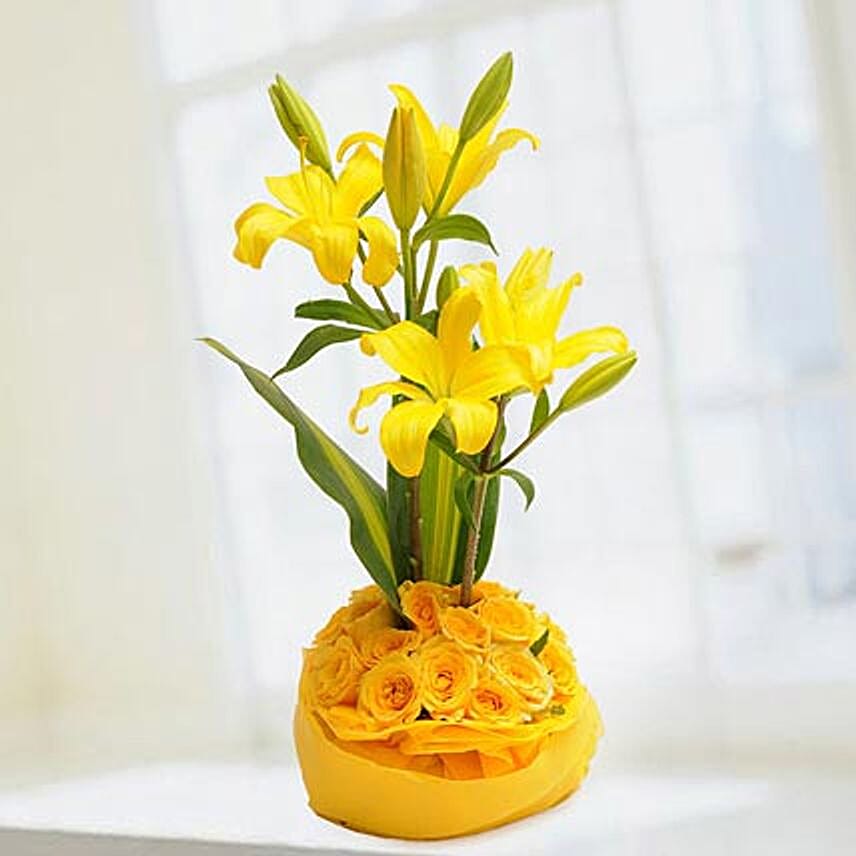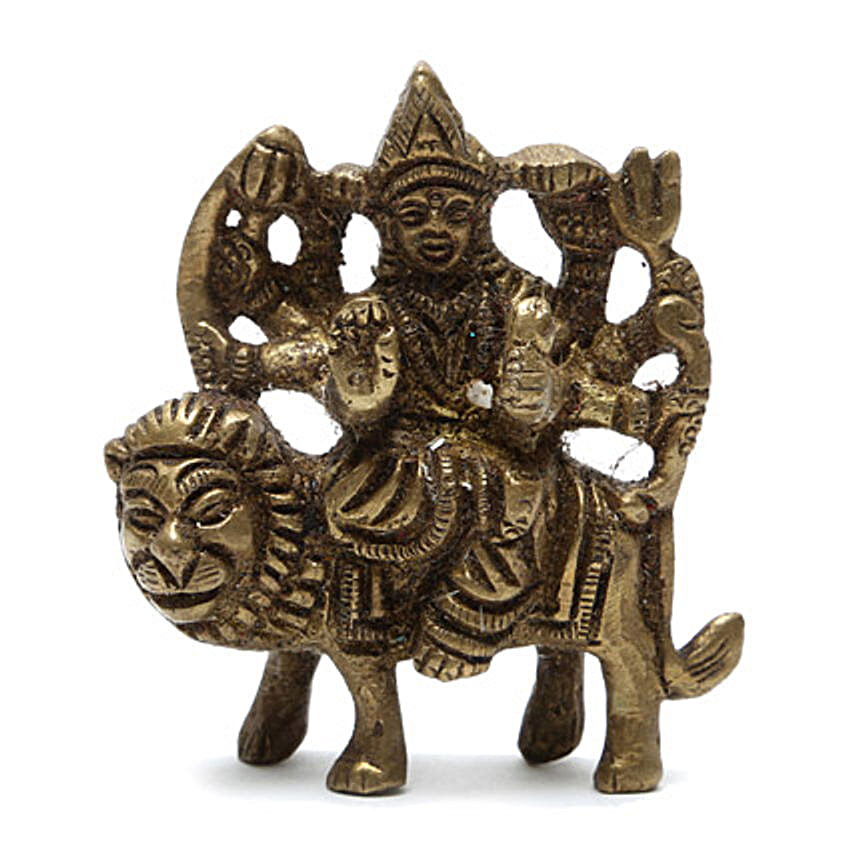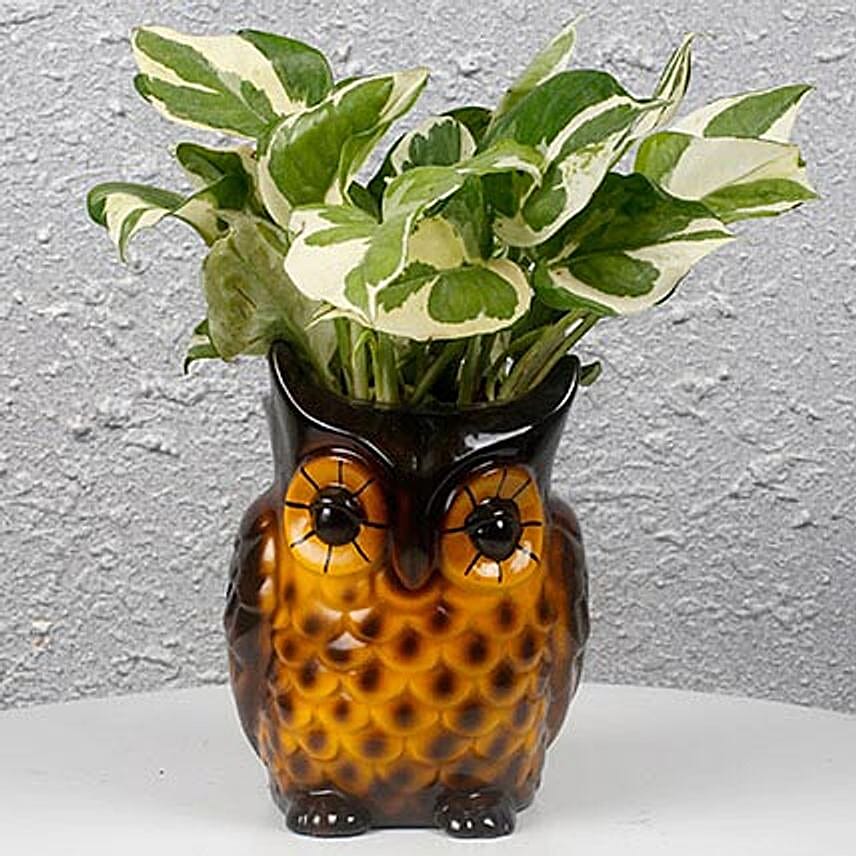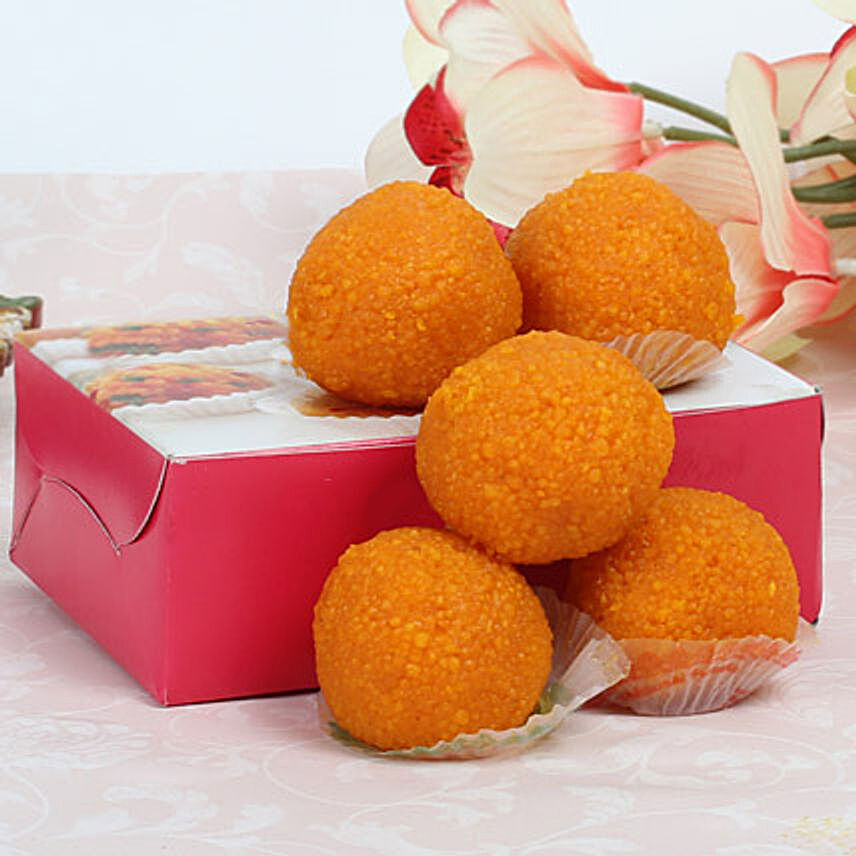About Navratri
Navratri or Navaratri literally means “nine nights” which is celebrated during autumn season in India by the followers of Hindu religion. Well, there are 4 seasonal Navratris in theory, but in practical, it is the post-monsoon time when Navratri is celebrated in a huge way. This time is also called Sharada Navratri and Goddess Durga is worshipped in this festival.
As per ancient scriptures, Devi Durga killed Mahishasura or the buffalo demon and restored Dharma. This Mahishasura got a boon from the deities that no man on this earth or heaven can kill him. So, his atrocious activities were on the rise and he wanted to rule both the earth and heaven. So, the deities called a meeting and after many brainstorming sessions, they decided to make Devi Durga – who would be bestowed with all the super powers of all the Gods. Devi Durga finally killed that demon and restored peace both on heaven and earth.
Now, these 9 days of Navratri has some significance which are depicted below. Actually, majorly, it is a festival to praise the power of Devi Durga and these 9 days celebrates 9 avatars of Devi Durga.
Shailaputri or Day 1:
Shailaputri literally means the “daughter of the mountain” which is an incarnation of Parvati. In this incarnation, she is the wife of Lord Shiva. In this form, she is seen riding a bull named Nandi and holds a Trishula or Trident in her right hand and a Lotus Flower in her left hand. The color of this day is believed to be red and that depicts action and strength.
Brahmcharini or Day 2:
In this incarnation, Parvati becomes the unmarried version of herself. Brahmcharini is worshipped for liberation or Moksha and grant of peace and prosperity. Brahmcharini is seen as walking barefeet holding a japamala and kamandalu in her hands. In this form, she symbolizes bliss, peace, and calmness. Thus the selected color for this day is Royal Blue which symbolizes the same things.
Chandraghanta or Day 3:
Parvati got married to Lord Shiva and adorned her forehead with half-chandra or half-moon and thus this name, Chandraghanta is given. In this incarnation, she is the symbol of beauty and bravery both and thus the selected color of the day is yellow.
Kushmunda or Day 4:
Kushmunda is worshipped on the 4th day of Navratri and is believed to be the creative power of this universe. In this avatar, she is seen having 8 arms and sits on a lion. In this incarnation, Devi is associated with endowment of vegetation on earth and thus the color of this day is green.
Skandmata or Day 5:
Skand is the other name of Kartikeya and Skandmata means the mother of Skand. In this form, the Devi is depicted having 4 arms who as rides a violent lion, and holds her baby in one hand. The color for this day is grey which symbolizes the transforming strength of a mother when her child is in danger.
Katyayani or Day 6:
Katya is another reincarnation of Devi Durga who is born to a sage and parades much courage and that’s why the color for this day is orange. In this form, the Devi is depicted riding a lion and has 4 hands. Katya is also known as a warrior goddess and is the most violent incarnations of Parvati.
Kalratri or Day 7:
Kalratri is believed to be the most ferocious form of Devi Durga who is worshipped on the 7th day. To kill Sumbh and Nisumbh, Parvati removed her fair skin and that’s why she is seen in black color in this incarnation. The color for this day is white.
Mahagauri or Day 8:
As Mahagauri, Devi Durga signifies peace and intelligence and the color associated with this day is pink which refers to optimism.
Sidhidatri or Day 9:
On the 9th day or Navami, Siddhidaatri or Sidhidatri incarnation of Goddess Durga is worshipped. In this form, she is depicted sitting on a lotus flower. In this incarnation, she is believed to possess all types of good luck. This form is also known as Saraswati Devi and has 4 hands.
Why Navratri is celebrated?
In Eastern and North Eastern India, Devi Durga is celebrated and that is different from how North or South India celebrates. In Northern and Western India, this Navratri is celebrated to rejoice over the victory of Lord Rama over the demon kind Ravana and their dance drama named “Ram-Leela” is hugely popular for this act. In southern states, the victory of different goddesses, of Rama or Saraswati is celebrated. In a nutshell, the common cause behind the celebration of Navratri is the victory of Good over Evil based on a regionally famous epic or legend such as the Ramayana or the Devi Mahatmya.
The battle of this truth and false would be continuous in life and festivals like this give mankind enough strength to endure the battle.






